Colosseum
Colisée
© Fratelli d'Alessandri
ITA
à proximité de Rome
© italiani.it
Télécharge images...
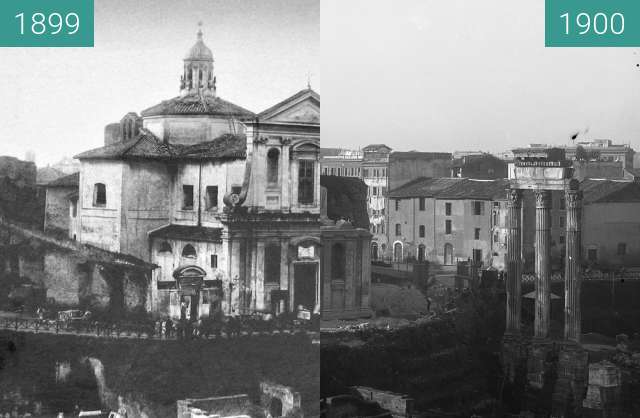
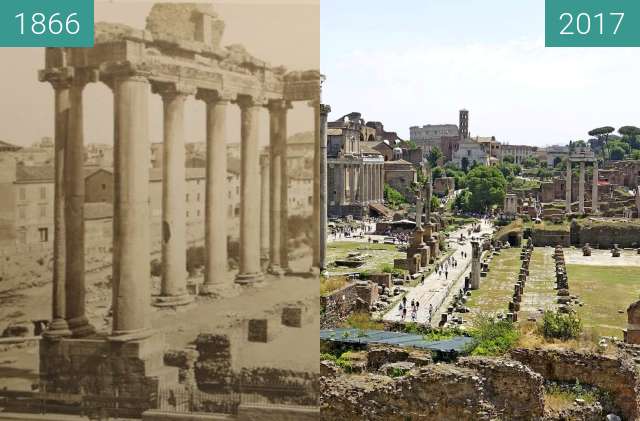

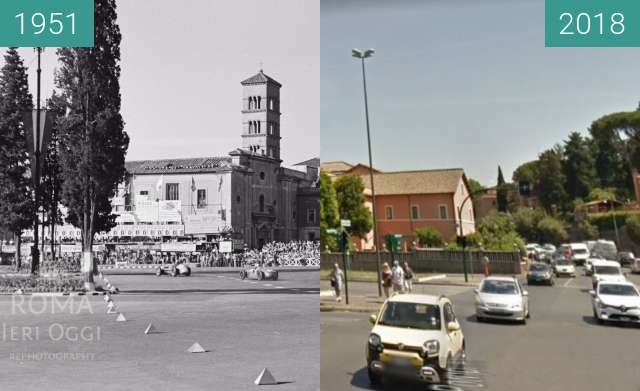


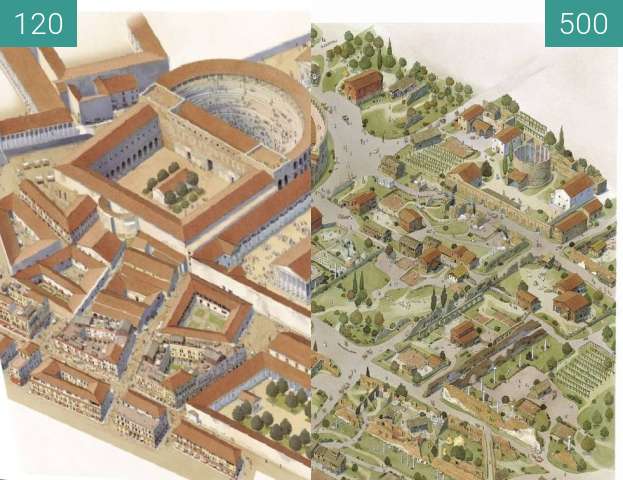
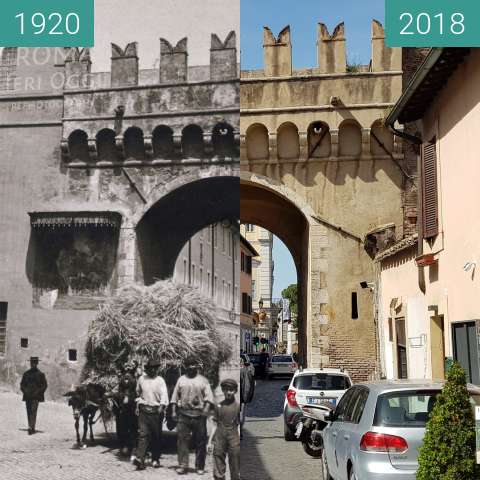
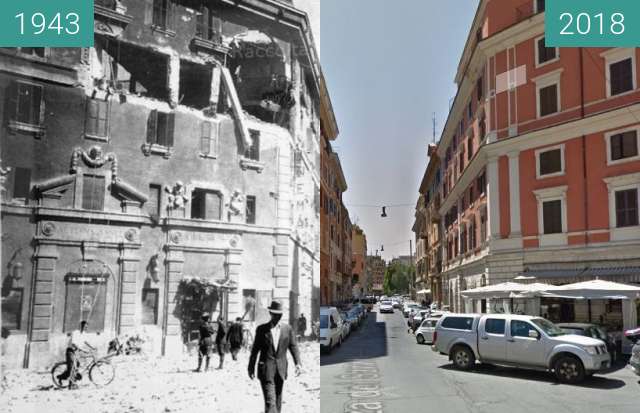
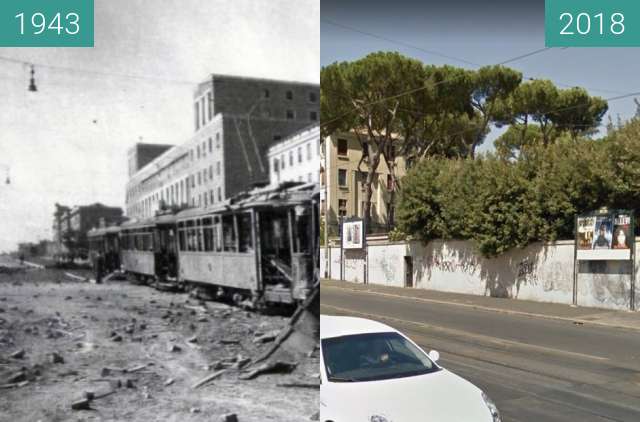
riginally, the building's Latin name was simply the Latin: amphitheatrum, lit. 'amphitheatre'. Though the modern name Flavian Amphitheatre (Latin: amphitheatrum Flavium) is often used, there is no evidence it was used in Classical Antiquity.[9] This name refers to the patronage of the Flavian dynasty, during whose reigns the building was constructed, but the structure is better known as the ColosseumIn antiquity, Romans may have referred to the Colosseum by the unofficial name Amphitheatrum Caesareum (with Caesareum an adjective pertaining to the title Caesar), but this name may have been strictly poetic as it was not exclusive to the Colosseum; Vespasian and Titus, builders of the Colosseum, also constructed a Flavian Amphitheatre in Puteoli (modern Pozzuoli).
wikipedia
À l'origine, le nom latin du bâtiment était simplement le latin : amphithéâtre, lit. 'amphithéâtre'. Bien que le nom moderne Flavian Amphitheater (latin : amphitheatrum Flavium) soit souvent utilisé, il n'y a aucune preuve qu'il ait été utilisé dans l'Antiquité classique.[9] Ce nom fait référence au patronage de la dynastie Flavienne, sous les règnes de laquelle le bâtiment a été construit, mais la structure est mieux connue sous le nom de ColiséeDans l'Antiquité, les Romains ont peut-être fait référence au Colisée par le nom officieux Amphitheatrum Caesareum (avec Caesareum un adjectif se rapportant à le titre César), mais ce nom était peut-être strictement poétique car il n'était pas exclusif au Colisée ; Vespasien et Titus, constructeurs du Colisée, ont également construit un amphithéâtre Flavien à Puteoli (Pozzuoli moderne).
Wikipédia